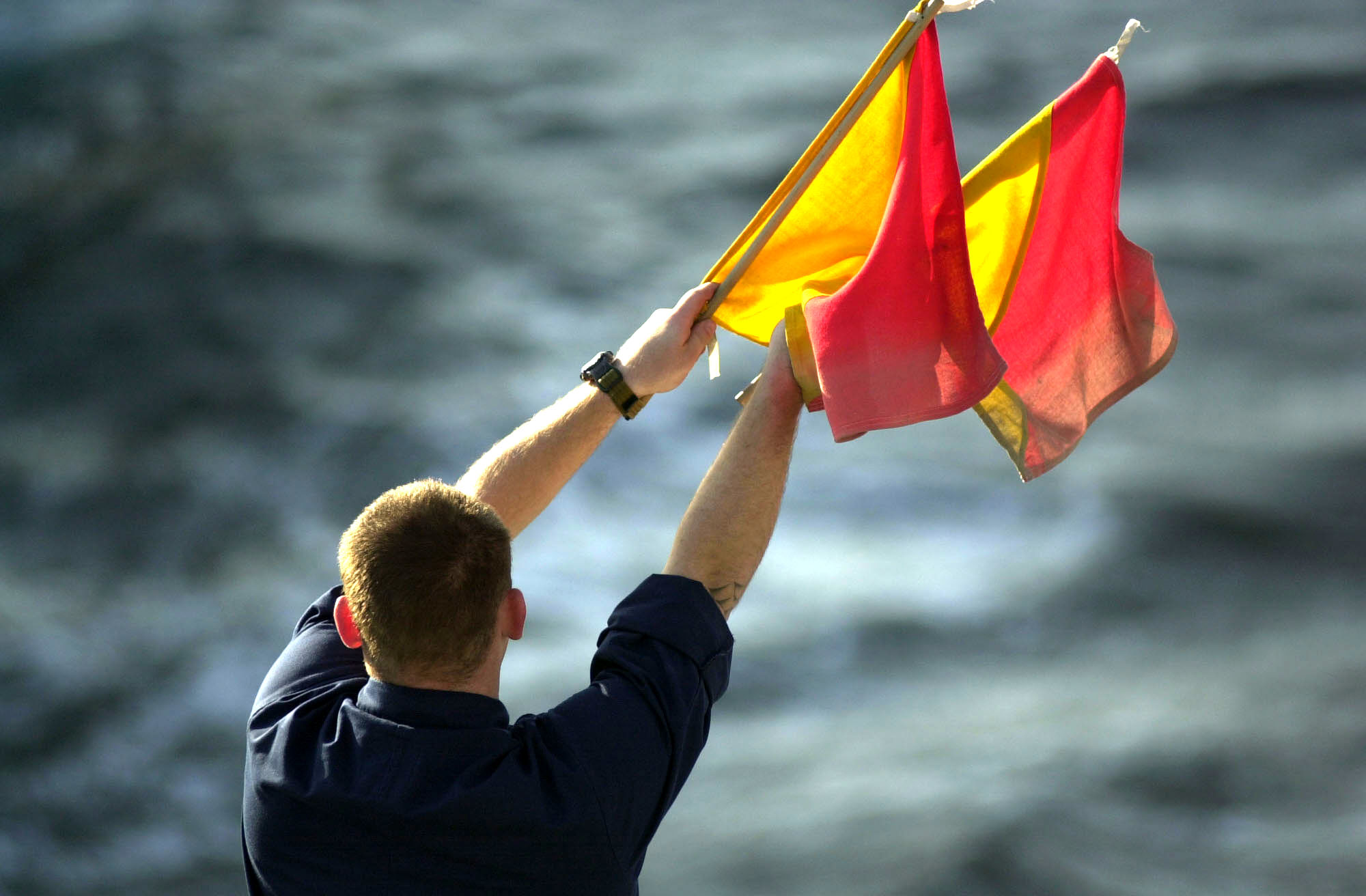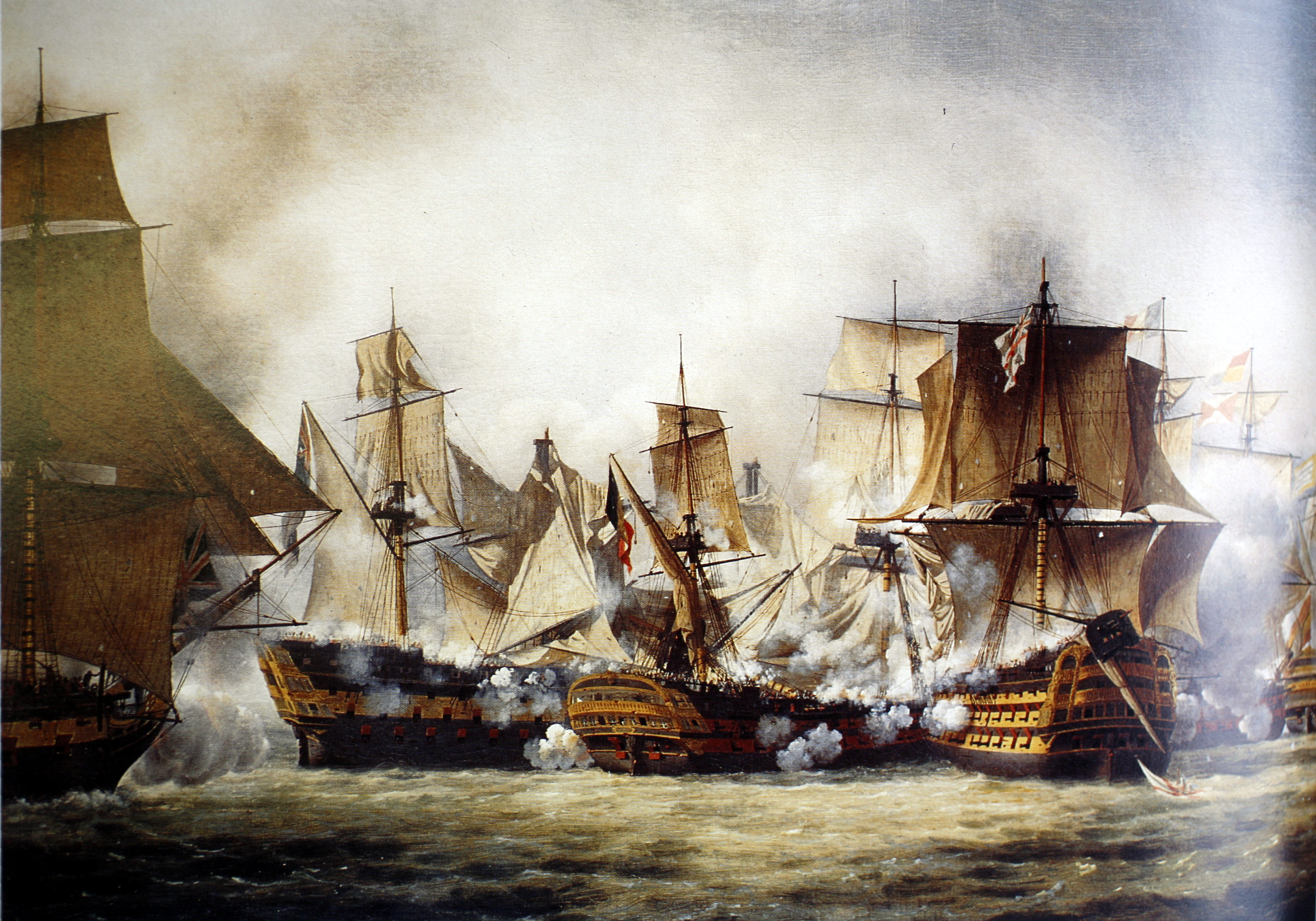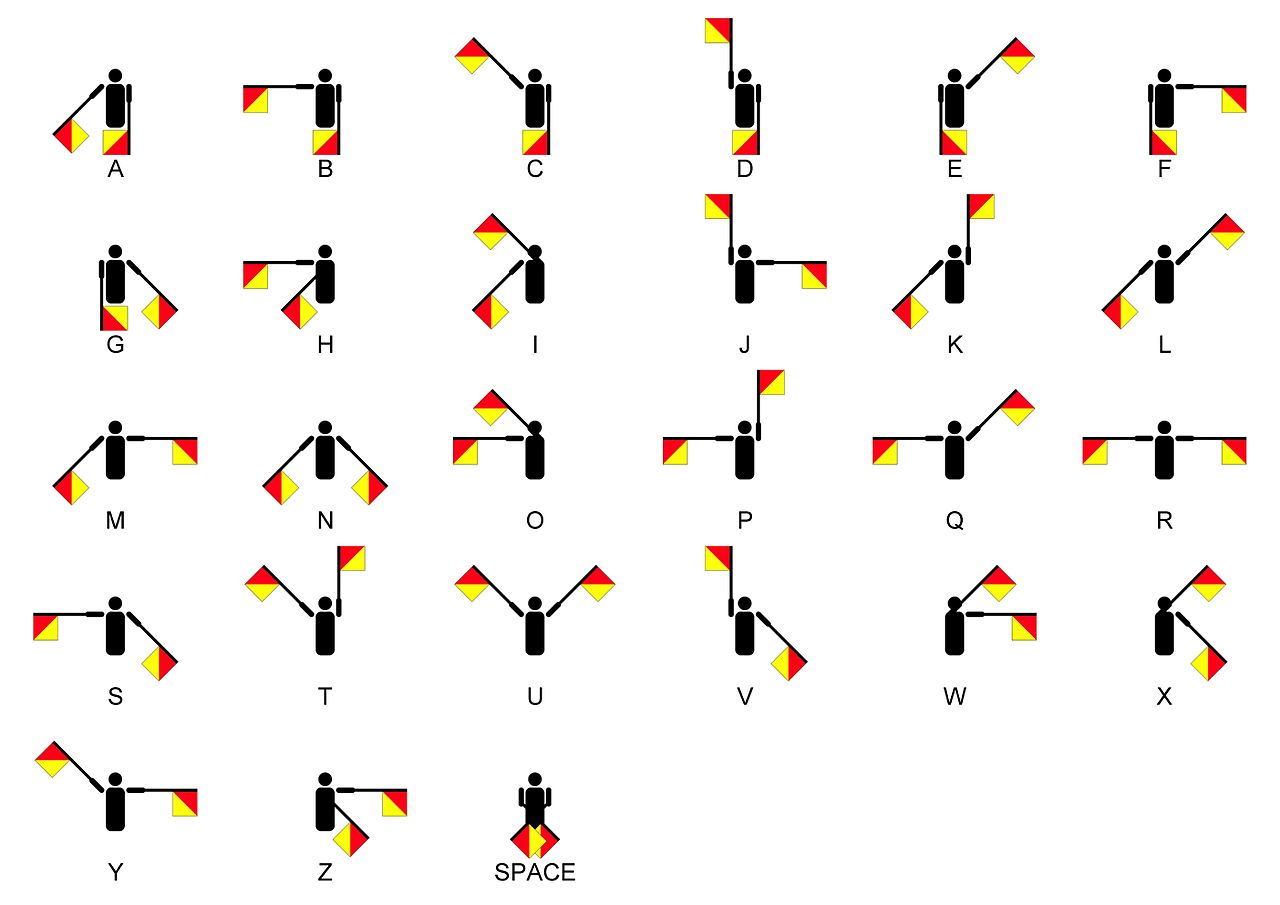
As boat chandlers, the team here at Offshore Supply regularly encounter a lot of idiosyncrasies that only take place on the deck of a ship or a boat. Unless you’re involved in some form of maritime work, it’s perhaps unlikely that you’ll ever have come across many of them before, and so with that in mind, we thought we’d introduce a new series of articles to bring you more information about some of these interesting topics. We’re looking at flag semaphore today, but stay tuned in the coming weeks to keep up with all of our latest talking points.
The History of Semaphore
Semaphore is a form of telegraphy system that people use to communicate over distance. It relies heavily on visual aids, such as flags or hand-signals, and the information is conveyed when these devices are held or arranged in certain configurations. In antiquity, semaphore relied more upon strings of coloured flags which would be displayed from the topmasts of a vessel, and it’s no exaggeration to say that Admiral Nelson marshalled his fleet at Trafalgar using a variant of the semaphore system. When you think of it in those terms, the semaphore has certainly stood the test of time.
Modern Semaphore
In contrast to Nelson’s approach to semaphore, modern semaphore tends to revolve around hand-held flags, and the information is related when these flags are held at pre-determined positions. The positions can either be used to signify letters or numbers, and there are eight possible directions of arm extension that can be used to accurately communicate a message.
Except when flags are held in the ‘rest’ position, they never overlap with one another, and in actual fact, they are not even necessary for a message to be understood. Simple hand signals would suffice, but the flags – which can be coloured differently for use on both sea and land – greatly help in making all communication as clear as possible. You can see some of the recognised symbols below:
Other Uses for Semaphore
Semaphore is primarily a nautical matter these days, but that doesn’t mean that it never crops up anywhere else. Here are a few notable examples that we’ve come across:
- Semaphore as been adopted as a form of mountain communication.
- Lifeguards regularly rely upon semaphore to maintain contact.
- Many artists have made use of semaphore in the past.
- Semaphore appears in works of fiction, usually being used by ‘adventurous’ youngsters.
Semaphore might seem to be an interesting oddity for most of us, but in the maritime world, it’s an important matter, as is the proper outfitting of a vessel. Without adequate supplies, no boat is going to be ‘ship-shape’, and if you’re lacking in this area then be sure to contact us now by calling +44 01524 862010 or sending an email to sales@altham.biz. We’ll always be happy to help.

